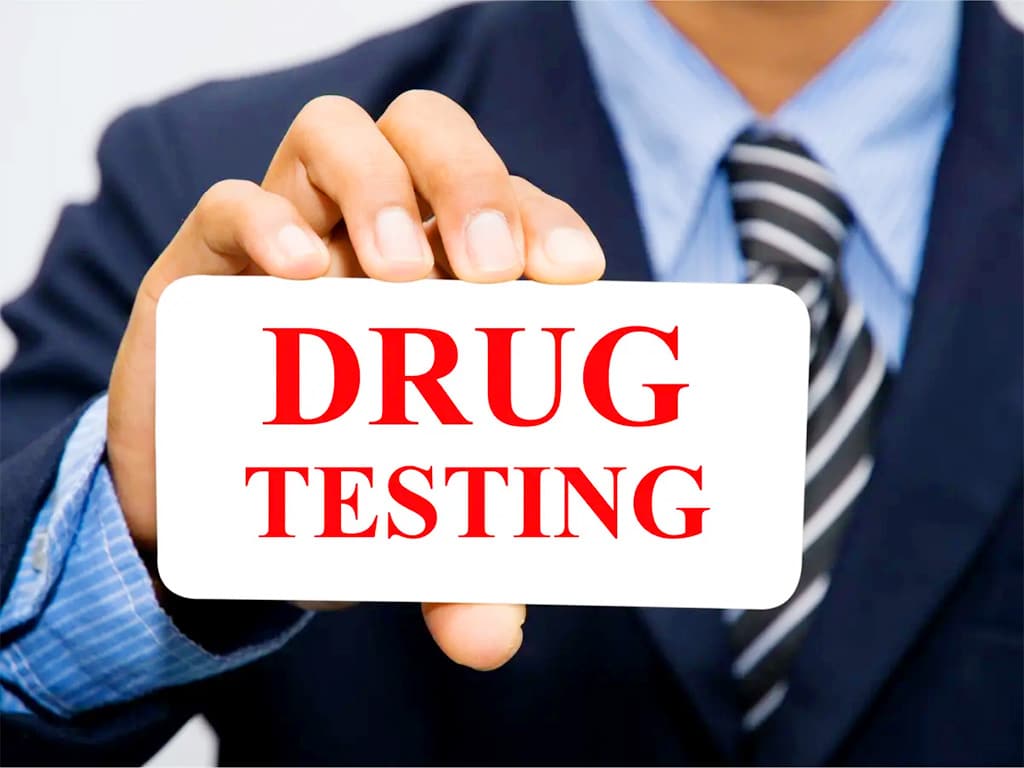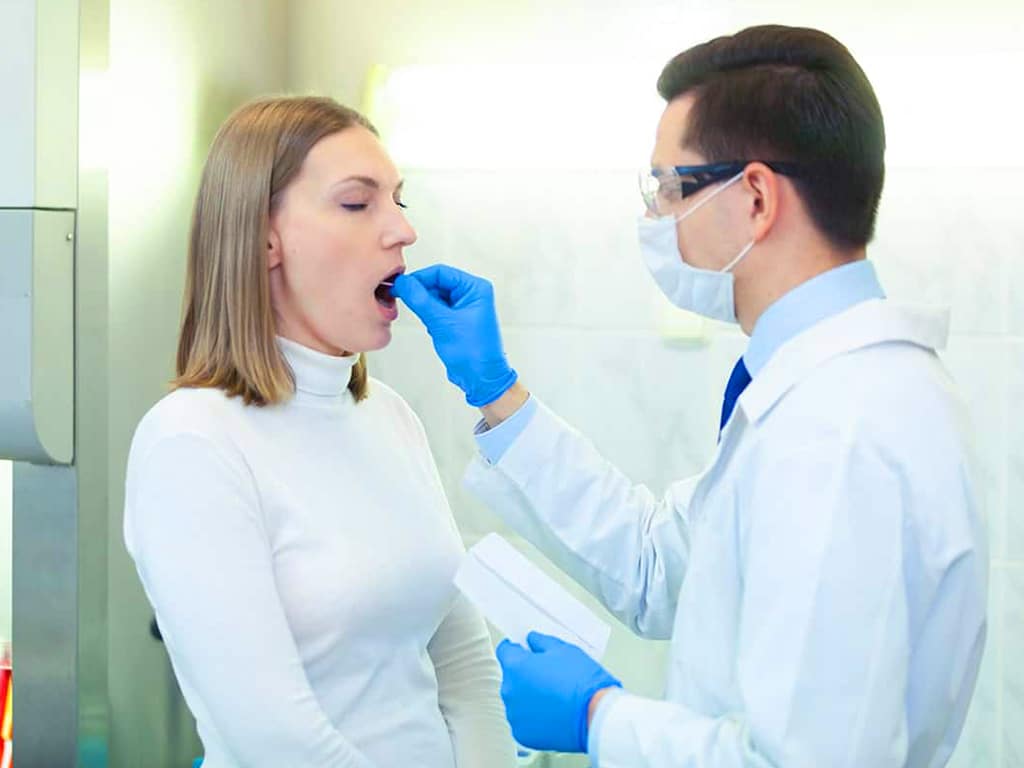Random Drug Testing: Definition, Legal Aspects, & Methods of Testing
27 March, 2024

Random drug testing involves the unscheduled testing of individuals for substances. It is done without prior warning and commonly occurs in workplace drug testing and roadside drug tests. In Australia, random testing is legal but tightly regulated to protect individual rights. It typically involves establishing clear drug testing policies, testing procedures, and disciplinary actions. Accordingly, there are various methods of testing. It includes urine drug testing, saliva tests, blood tests, and hair tests.
In society, the impact of drug use is a prevalent issue. The influence of drugs can have severe consequences on individuals and society. Hence, substance testing has become a common practice. Precisely, many organisations and industries employ random testing. It is a specific type of testing that serves as a deterrent to drug use and promotes safety. This article will present random drug tests, including the legal aspects and testing methods.
What is Random Drug Testing?
Random drug testing is a procedure where individuals are unexpectedly chosen to submit to tests that detect the presence of drugs in the body. They conduct it to identify the presence of illicit drugs, prescription medications, and even alcohol. Nevertheless, the main aim of the test is to eliminate safety risks, deter substance abuse, and identify individuals who may need referral to treatment services.
Accordingly, the process begins with selecting individuals for testing, which is done in random selections. The randomness ensures fairness and prevents any bias in the choice of subjects. Once individuals are selected, they are informed of their requirements to undergo testing. The notification period is typically short to prevent attempts to manipulate test results.
The testing procedure itself involves the collection of samples for testing. It may include urine samples, saliva samples, blood samples, and hair samples. After collection, conductors may use testing devices (kits) or forward the specimens for laboratory analysis. If a test returns positive, the individual may face consequences as outlined by the company policy or other authorities.
Importance of Random Testing in Various Settings
- Promotes a safe environment: Random testing helps create a safe environment. For instance, it promotes workplace safety by reducing the likelihood of accidents caused by impaired workers (such as reaction times or blurred vision).
- Enhances productivity: In professional settings, employees free from substance abuse tend to be more reliable and efficient in their duties.
- Deters substance abuse: The unpredictability of random testing acts as a significant deterrent to regular substance use.
- Supports treatment and rehabilitation programs: Organisations can provide the necessary support, including counselling and other assistance programs.
- Enhances road safety: Random roadside drug testing can reduce the likelihood of accidents caused by drug-impaired driving.

Legal Aspects of Random Drug Testing
Random drug testing operates within a strict legal framework. These frameworks ensure that testing respects individual rights while balancing the need for safety and compliance. Accordingly, the legal structure surrounding random testing is to protect the rights of individuals. It includes ensuring privacy during the testing process and the confidentiality of the results. It prevents discrimination and upholds dignity.
The law often stipulates clear criteria for implementing random testing. It ensures that testing is genuinely random and not used as a pretext for targeting specific individuals. Additionally, the legal standards require that random testing be conducted using validated methods. It is essential to ensure the accuracy of test results and to provide individuals with an opportunity to contest results.
Furthermore, when random testing results in positive findings, legal guidelines outline the appropriate disciplinary actions. These can range from verbal or written warnings to suspension, disqualifications, and termination of employment. Additionally, organisations may offer support for substance abuse treatment. The focus is not just on punitive measures but also on rehabilitation and support.
Laws and Regulations
In the workplace, Australian laws allow employers to conduct random testing. It is part of their duty to provide a safe work environment under the Work Health and Safety Act. Employers implement these programs in a way that respects privacy.
On Australian roads, police have the authority to conduct random tests on drivers. Laws like the Road Traffic Act give police officers the right to stop drivers and conduct saliva screening. Refusing a test or testing positive can lead to severe penalties, including fines, licence disqualification, or imprisonment. In sports, organisations like the Australian Sports Anti-Doping Authority oversee the enforcement of drug-free competition.

Methods of Random Drug Testing
There are various methods to conduct random drug testing. One standard method is urine drug testing. It is non-invasive and can detect a broad range of substances. Another method is saliva or oral fluid testing. It is gaining popularity for its ease of administration and the ability to detect recent drug consumption. Accordingly, it involves collecting oral fluid samples and testing them for substances.
Another method is blood testing. It offers a direct measure of the active substances in the system of a person at the time of testing. Though more invasive and costly, blood tests provide highly accurate results. Additionally, hair testing, although less common, provides insights into the long-term substance use of a person. It has the most extended detection window of about 90 days.
Moreover, while not specifically for drugs, individuals may conduct random breath testing for alcohol testing. It typically uses breathalysers to analyse breath samples and measure Blood Alcohol Concentration (BAC). It is easy to administer and can give prompt results. Overall, each testing method has its unique characteristics and applications. These methods are comprehensive tools for random testing.
Types of Drugs Tested
The testing methods can identify the presence of various substances. Foremost, illegal drugs make up a significant portion of substances tested in random screenings. These include drugs that are prohibited by law. Common examples are cocaine, heroin, methamphetamine, and cannabis.
Additionally, prescription medications, while legal, can be subject to abuse. Therefore, random testing often includes checks for the misuse or abuse of prescription drugs. It may consist of oxycodone, morphine, codeine, amphetamines, and benzodiazepines. Furthermore, some random tests can detect ethanol. It is an active ingredient in alcoholic beverages. The testing aims to identify recent alcohol consumption that could impair the abilities of individuals.
Conclusion
Overall, random drug testing is a process where individuals are randomly chosen to undergo tests without prior notice. They conduct it to determine the presence or absence of substances in the body. Accordingly, it holds great importance in various settings. It promotes a safe environment, enhances productivity, deters substance abuse, supports treatment programs, and enhances road safety. Furthermore, there are different testing methods. It includes urine, saliva, blood, hair, and alcohol breath testing.
The testing methods can detect a wide range of substances. It can identify cocaine, heroin, cannabis, oxycodone, morphine, codeine, and ethanol. However, there are legal aspects surrounding random testing. It operates within strict legal frameworks, protecting the rights of individuals. Additionally, the law stipulates clear criteria for implementing the test with the use of validated methods. Moreover, legal guidelines outline the disciplinary measures. These can range from warnings to suspension and termination.






























